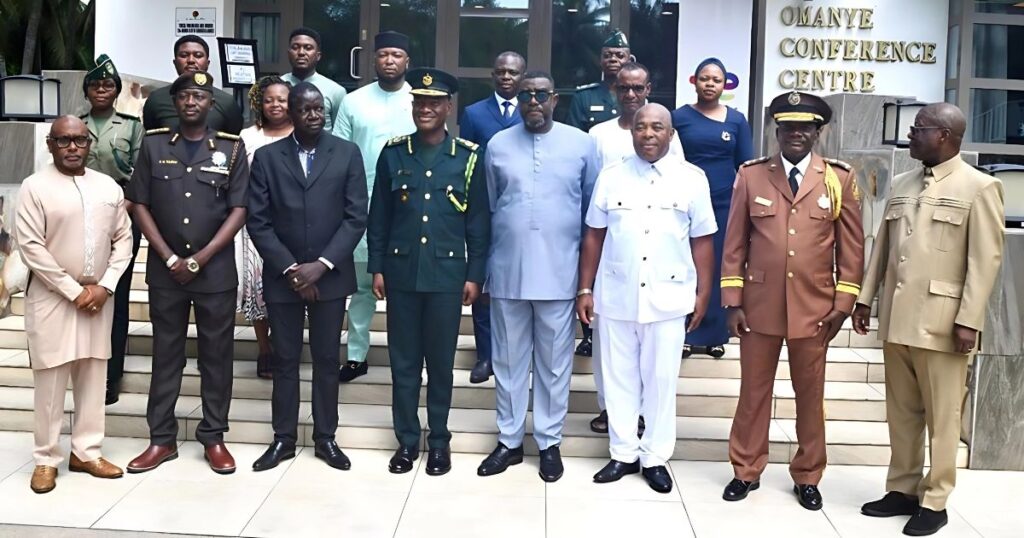Call us now:

In an effort to enhance foreign investments, tourism and provide easier access to abundant opportunities within the ECOWAS region, the Authority of ECOWAS Head of State and Government adopted in 2011 the introduction of ECOVISA, a single visa system similar to the Schengen model. The ECOWAS Commission has been tasked with working towards the realization of this visa for Migrants of third countries.
On May 25, 2023, the Directorate of Free Movement of Persons and Migration of the ECOWAS Commission organized the Seventh Heads of Immigration Meeting in Accra, Ghana. The purpose of this meeting was to discuss the implementation of ECOVISA, its related cost, design as recommended by Experts in charge of visa issuance and control drawn from Member States and determine the way forward. The Heads of Immigration Meeting serves as a platform for representatives from national immigration services of ECOWAS Member States to foster cooperation and coordination on matters relating to border and migration management in the region. Its primary objective is to enable a unified voice in addressing mobility and migration challenges within the region.
During the Accra meeting, it was recommended that a comprehensive comparative analysis of visa regimes in other continents be conducted to ensure the implementation of ECOVISA aligns with global best practices. Additionally, the Heads of Immigration recognized the need for regular engagement to discuss modalities and assess the progress of ECOVISA implementation at different stages.
These recommendations and decisions were based on the report provided by the ECOVISA Experts who gathered in Accra, Ghana on May 22 and 23, 2023. The experts focused on visa design, visa regime, visa costs, and other technical considerations necessary for the smooth implementation of ECOVISA. It is important to recall that ECOWAS has been dedicated to a harmonized approach in implementing the Protocol of Free Movement of Persons since its adoption. Member States prioritize creating a secure environment for migrants and removing barriers to facilitate mobility, particularly for community citizens. This requires a collective effort from all stakeholders and key actors involved in migration management within their respective countries.
